Computer Algorithm
Without
Ada Lovelace
Ada Lovelace wrote the first algorithm for Charles Babbage's Analytical Engine, a general-purpose mechanical computer built in the 1830s. She recognized a much more enormous potential for a machine intended to perform calculations.
As a mathematician of the early 19th Century, Lovelace brilliantly projected that numbers could be used to represent information other than quantity, in effect writing the first piece of computer software. For her contributions, she has been regarded by many as an early prophet of the internet age.
A painting of Ada Lovelace (1815 –1852) seated at a piano. By Henry Phillips (1852).
Wireless Transmission Technology
Without
Hedy Lamarr
Hedy Lamarr, with the help of composer George Antheil, designed a “signal hopping” system that allowed militaries to send secure, unblockable radio signals during World War II. The system was patented in 1942 and additionally implemented by the US Navy in the 1960s to prevent the jamming of signals when firing torpedoes.
This spread spectrum technology was paramount in the development of the wireless communication implemented in WiFi, BlueTooth, and GPS. Without Lamarr’s contributions, none of this technology would be possible.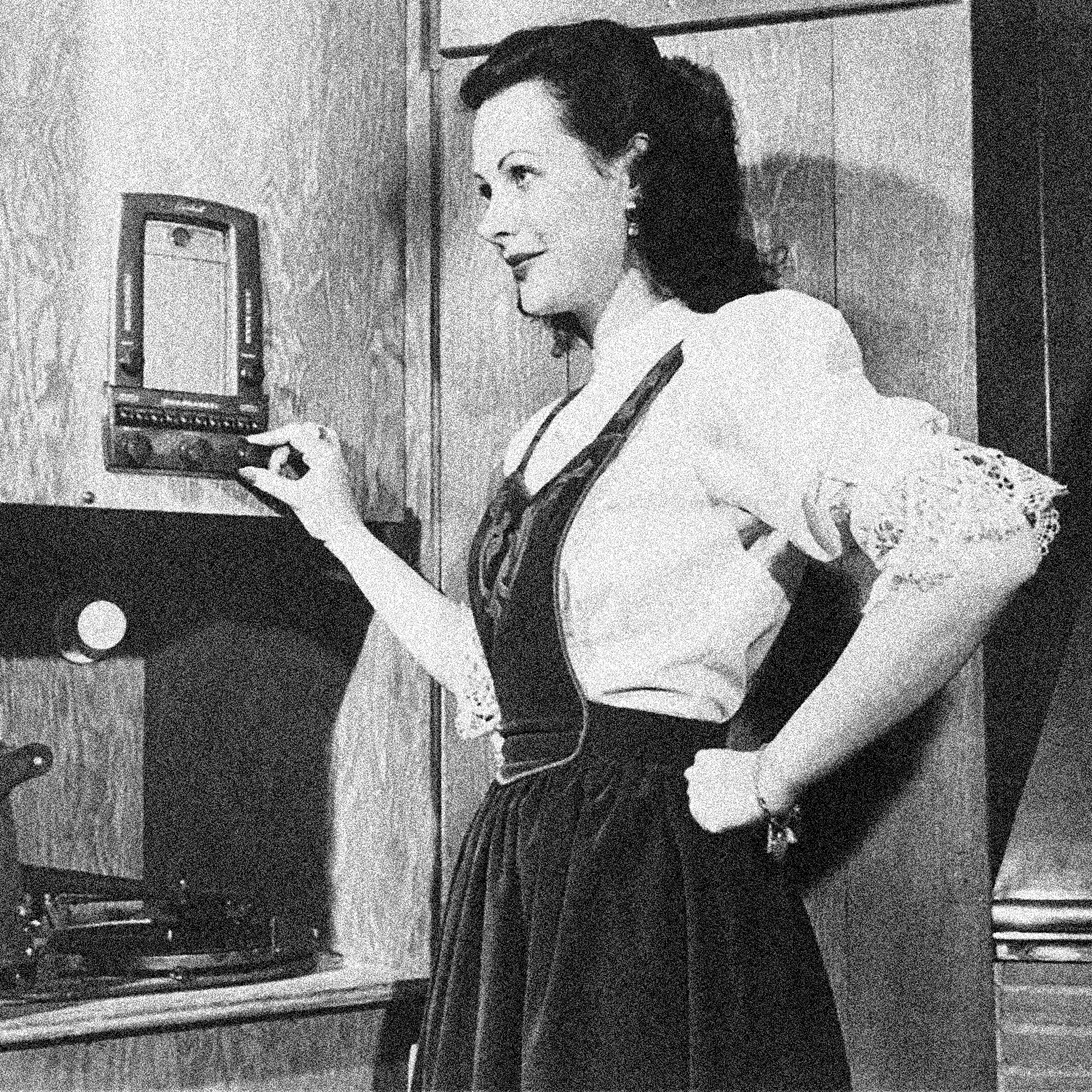
The actress turned inventor, Hedy Lamarr (1914–2000), at home. Image: Everett Collection (1944).
Compiler
Without
Grace Hopper
Grace Hopper was a pioneer of computer programming and the inventor of the first compiler, a utility program completed in 1952 that converted English terms into machine code understood by computers. Her contributions were a catalyst for massive advancements in the early days of computer programming.
A rear admiral in the US Navy, Hopper aided in the war effort as one of the programmers for the Mark I computer during World War II. In addition to the compiler, Hopper assisted in the development of COBOL, an early high-level programming language that built upon her FLOW-MATIC language.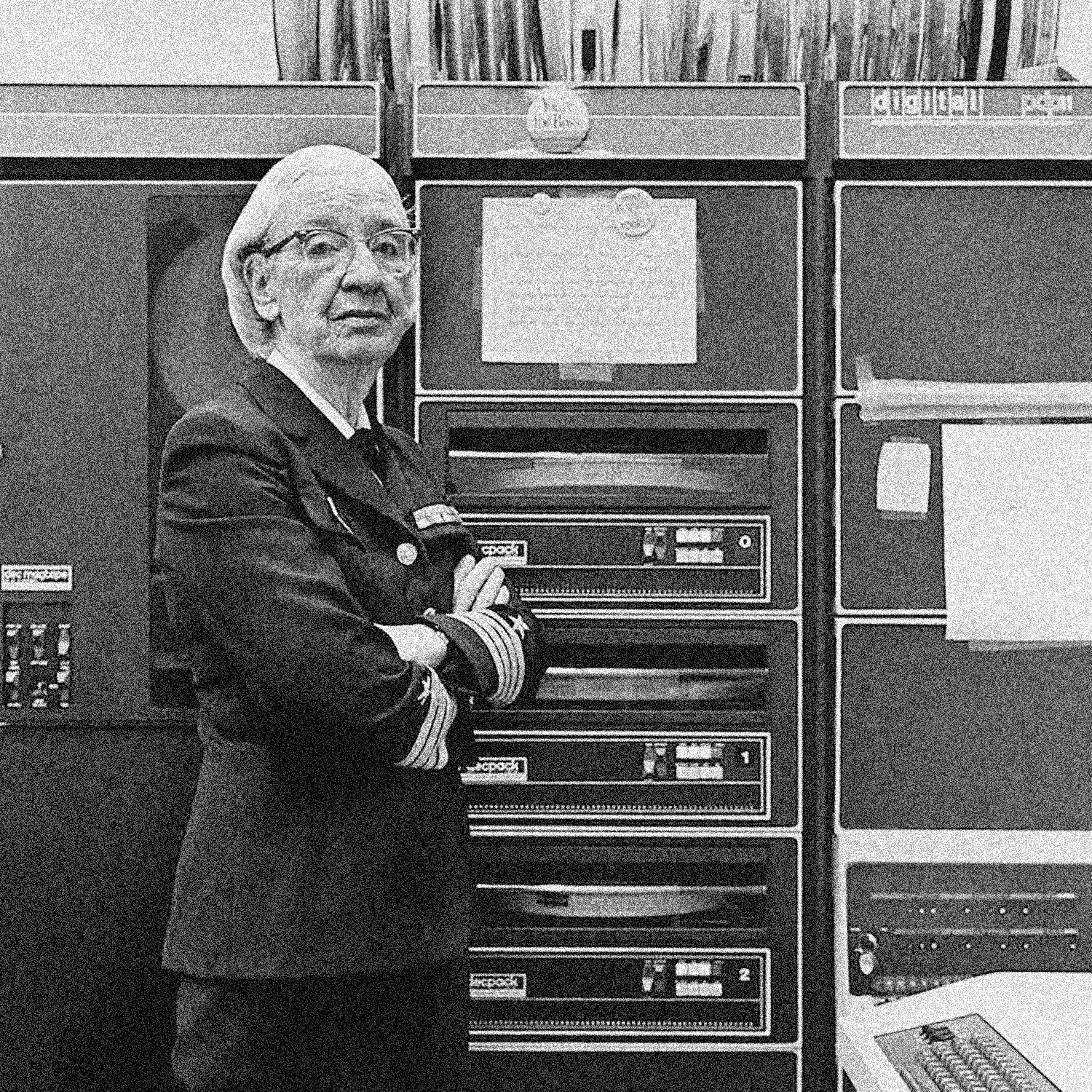
Grace Murray Hopper (1906-1992) in her office in Washington DC. Image: Lynn Gilbert (1978).
Home Security System
Without
Marie Van Brittan Brown
Marie Van Brittan Brown and her husband invented the first home security system in 1966, jointly applying for the patent later granted in 1969. Frustrated by the inadequate police response in her neighborhood of Jamaica, Queens, New York City, she aimed to enhance protection through novel technology.
Her system implemented cameras, closed-circuit televisions, wirelessly controlled locks, and a button that could send an alarm signal to police or security. Brown's invention extended beyond homes and began appearing in businesses, eventually inspiring CCTV security systems. Today's modern web and app-based smart home security systems are built mainly on the system and ideas first developed by Brown.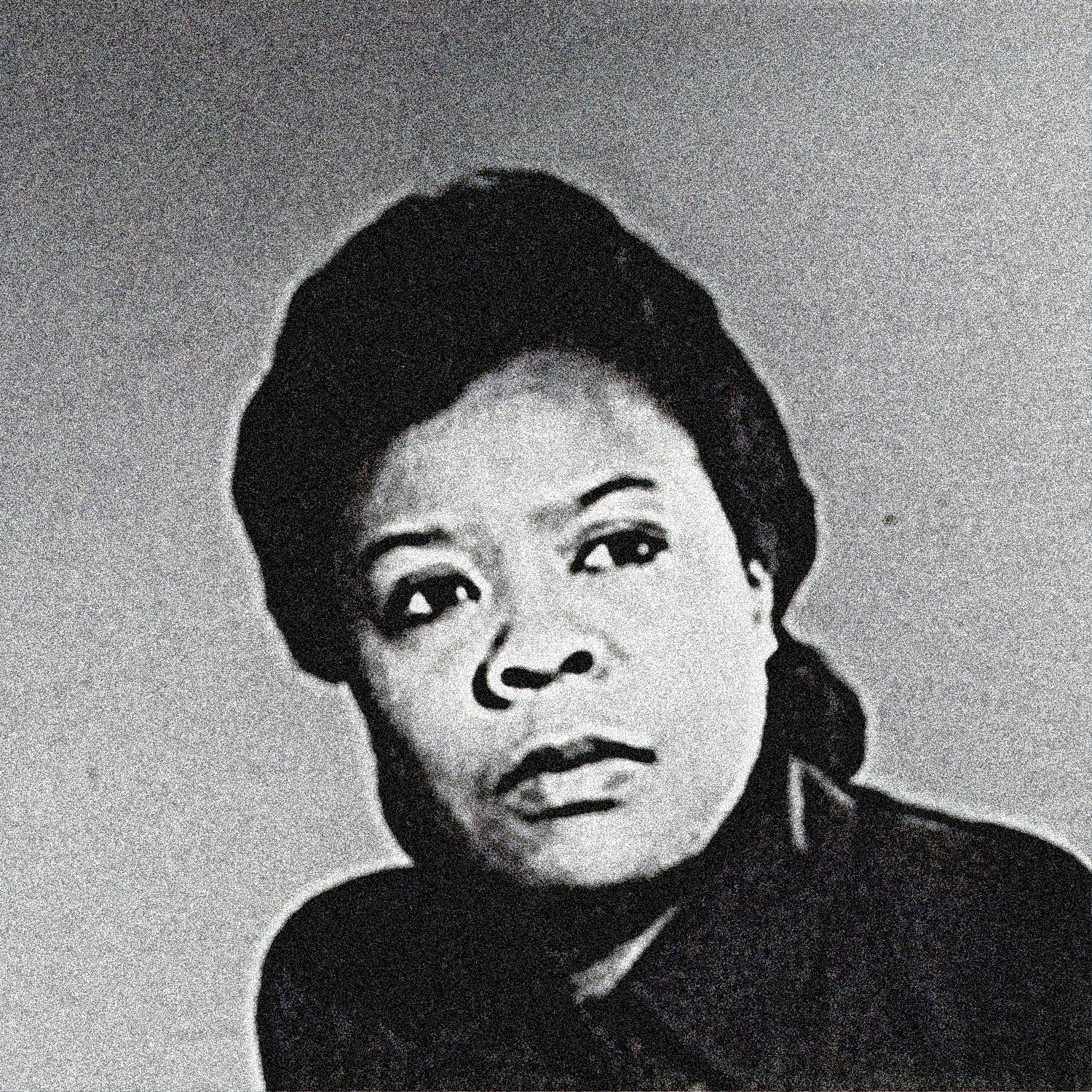
Marie Van Brittan Brown (1922-1999) and husband, presenting the patent drawing for her audio/video home alarm system. Image: The New York Times.
word processor
Without
Evelyn Berezin
Evelyn Berezin designed Data Secretary in 1969, the first computer word processor. After working in the corporate computer science industry, sexual discrimination stalled her career advancement, motivating her to found her own company, Redactron, which produced the Data Secretary.
The machine was similar to a typewriter, making the transition to computers easy for users. Through this innovation, Berezin helped establish some of the core patterns that characterize human-computer interaction today.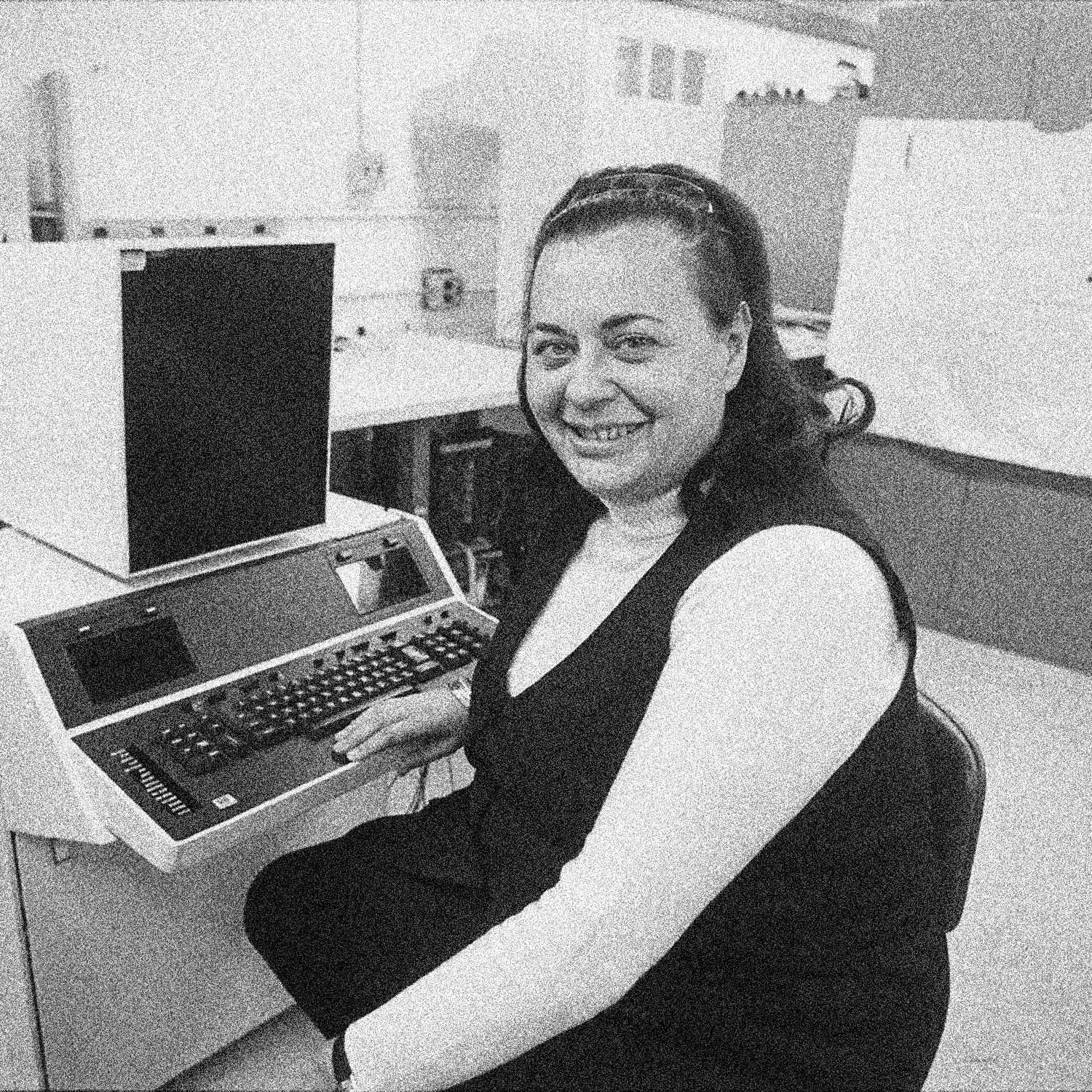
Evelyn Berezin (1925–2018) with Data Secretary, the first computerized word processor. Image: Barton Silverman/The New York Times (1976).
TCP
Without
Judith Estrin
Judith Estrin played a vital role in the development of the Transmission Control Protocol in the 1970s. Known commonly as TCP, it is one of two foundational protocols the internet relies on, allowing for the reliable, ordered, and error-checked delivery of information between servers, and devices.
In addition to her contributions to the creation of TCP, Estrin has founded and held executive roles in several technology companies throughout her career. From founding networking companies to being CTO of Cisco Systems, she has spent a lifetime connecting the world's devices.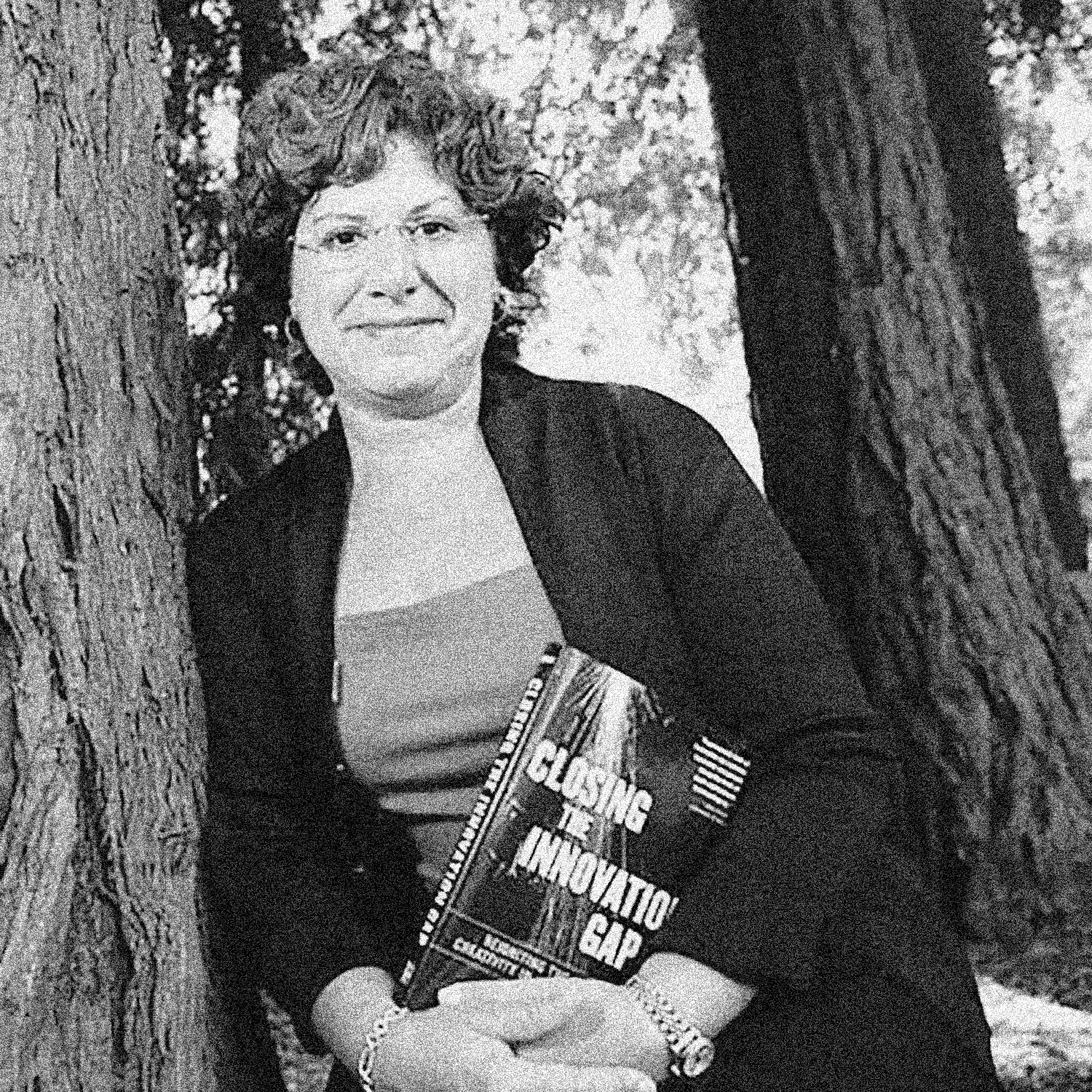
Judith Estrin (born 1954), shown here with her 2008 book “Closing the Innovation Gap.” Image: Noah Berger for The New York Times.
Computerized Telephone Switching
Without
Erna Schneider Hoover
Erna Schneider Hoover invented Stored Program Control, which she implemented in computerized telephone switching while working at Bell Laboratories. This technology gave call centers the ability to monitor and prevent system overloads at peak calling times.
Hoover's technology revolutionized the calling process and would ultimately bring an end to human telephone operators. Her patent for this technology, issued in 1971, is one of the first-ever given for a piece of computer software.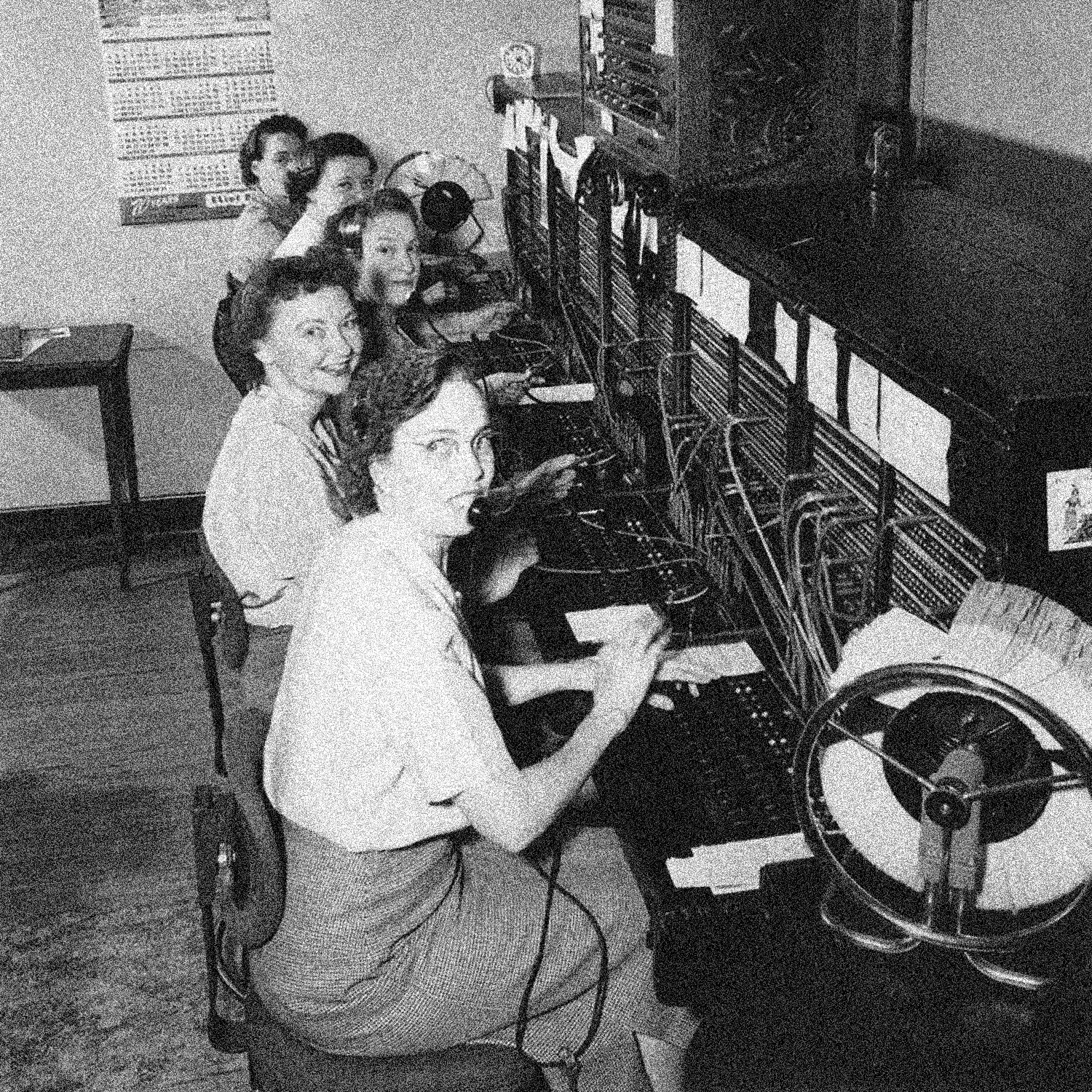
Erna Schneider Hoover (born 1926) helped automate the capacity for telephone networks to meet increasing demand for communication. Image: Seattle Municipal Archives (1952).
PC Games
Without
Roberta Williams
Roberta Williams is an American video game designer, writer, and entrepreneur. She co-founded Sierra On-Line (later known as Sierra Entertainment) with her husband, Ken Williams. While working as a homemaker and mother, Williams became obsessed with the early text-based video games of the Apple computer. She began to develop her ideas in response to the platform's exciting potential.
Her imaginative work in the field of graphic adventure games earned her fame as one of the most influential designers of PC games of the 80s and 90s. The hugely popular titles King's Quest and Phantasmagoria are among her dozens of creations.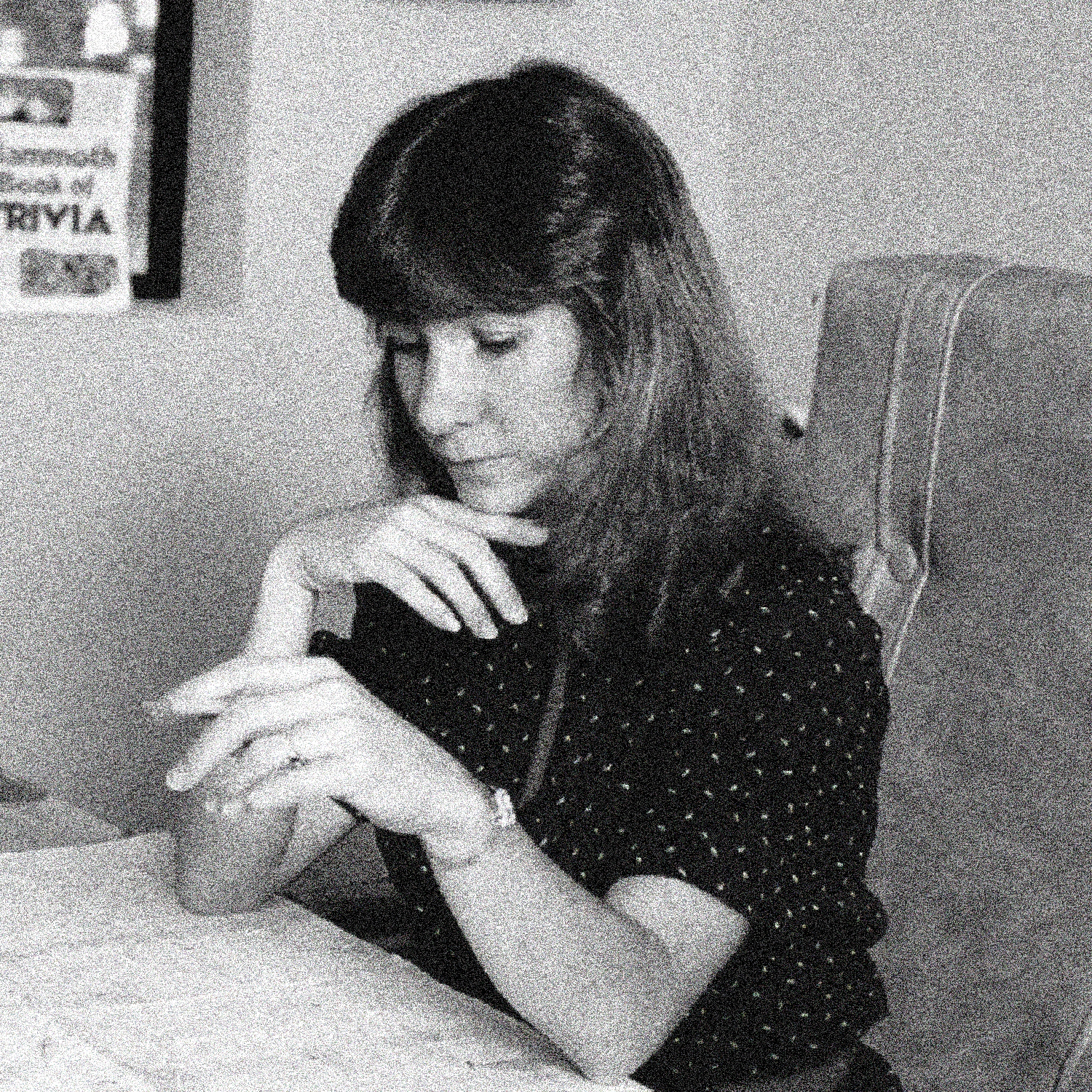
Roberta Williams co-founded Sierra Entertainment, Inc. (originated as On-Line Systems in 1979), exploding the PC gaming market from text to graphics-based experiences.
Computer Iconography
Without
Susan Kare
Susan Kare created icons and fonts for Apple Computers that set the standard for quality user interface design. A pioneer of pixel art, she combined her knowledge of art history with a keen sense of humor to create an enormous library of icons for MacOS. Her Cairo font, influenced by Egyptian hieroglyphics, is a collection of pictograms that includes everything from briefcases to sunny side up eggs.
Kare’s work in the early 1980s marked a turning point, introducing a visual communication style now commonplace with emojis. Her approach to design sidestepped a potentially dry and technical interface. It instead introduced a clear, enjoyable standard that continues to influence UI design today.
Susan Kare (born 1954), at her desk at Apple Computers. Image: Norman Seeff (1984).
VoIP
Without
Marian Croak
Marian Croak played a crucial role in the development of Voice Over Internet Protocol (VoIP) while working AT&T at Bell Labs, initiating a transition away from wired phone technology. Her robust work throughout the 1980s, linked to over a hundred related patents, helped to cut the costs of communication drastically.
In addition to her work on VoIP, Croak holds the patent for charitable donations via text message. Now a common practice, her advancements made it significantly more accessible for people to make donations as mobile devices became the standard method of communication.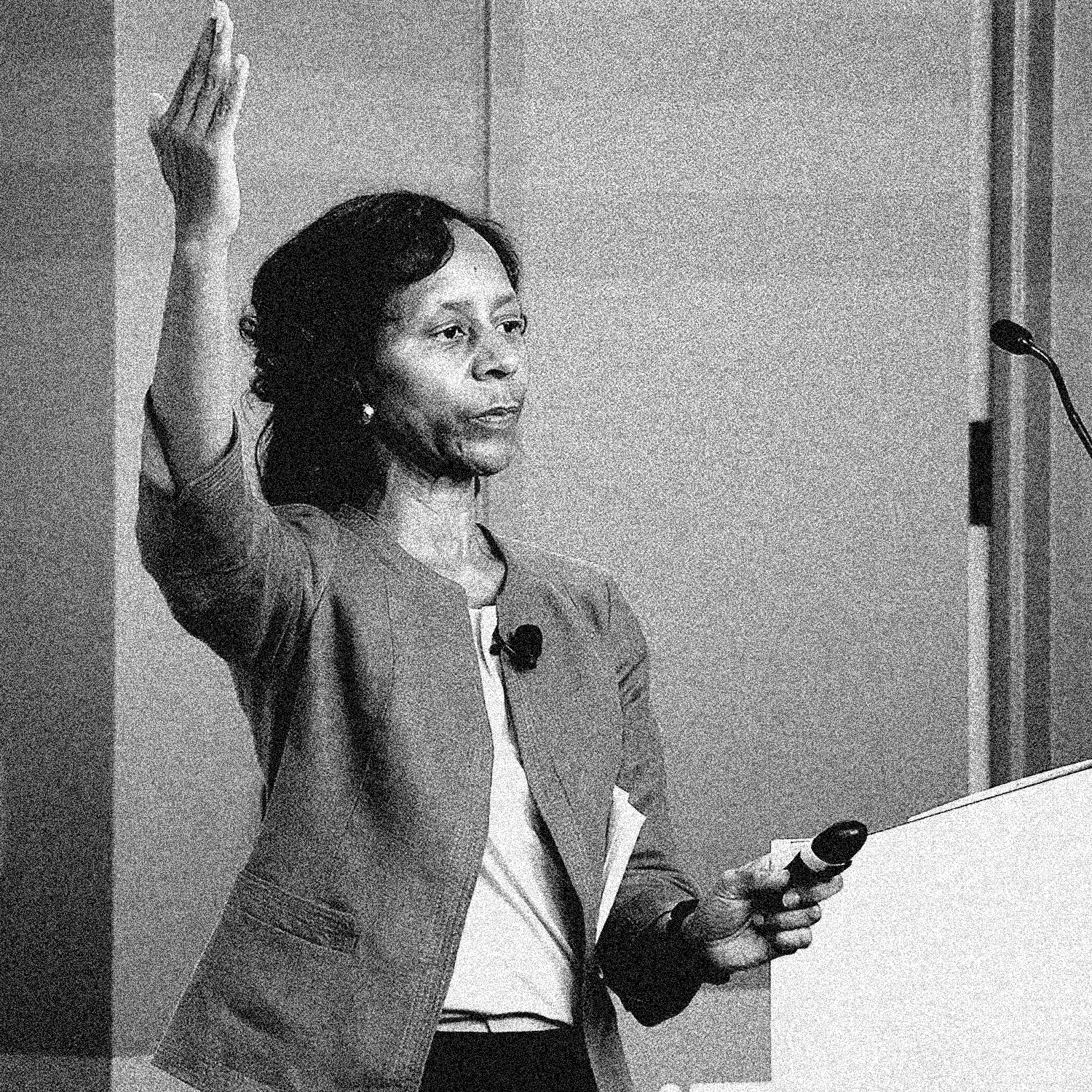
Marian Croak (born 1955) paved the way for online messaging and video conferencing and big players like Skype, with her invention of VIOP.
STP
Without
Radia Perlman
In 1984, Radia Perlman invented the Spanning Tree Protocol (STP), ensuring error-free connections between servers. Perlman's innovation was to locate redundant paths in the network (known as loops) and to remove these unnecessary instances. This optimization vastly improved resilience and made it possible to build the massive, reliable networks we have today.
Perlman is also an early advocate of teaching computer science to children. In the 1970s, she developed a child-friendly version of a coding language that allowed children as young as 3 to program a robot.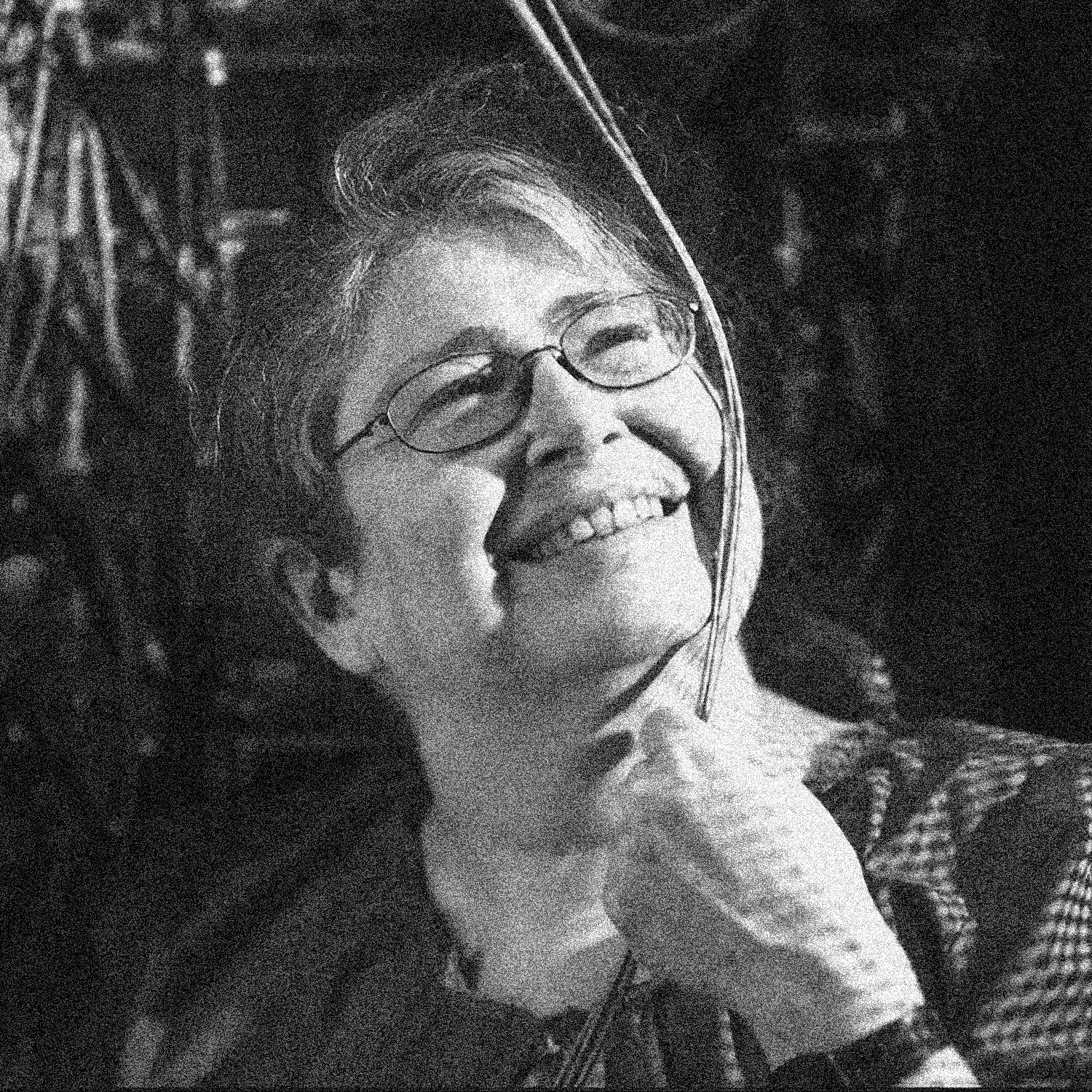
Radia Perlman (born 1951) is recognized for establishing the basic rules of traffic on the internet and has earned roughly 80 patents throughout her career.
Cisco
Without
Sandy Lerner
Sandy Lerner is a computer scientist, businesswoman, and philanthropist. While working at Stanford University in 1984, Lerner and her partner, Leonard Bosack, pioneered Local Area Networks (LAN). Their work connected devices within a limited area and proved crucial for the development of ethernet and Wi-Fi.
Seeing the potential of this breakthrough, Lerner and Bosack founded Cisco, where they went on to set industry standards for networking and teleconferencing technology. After Cisco went public and ousted the two founders, Lerner began managing sustainable farms in California and cofounded the cruelty-free cosmetics company, Urban Decay.
Sandy Lerner (born 1955) co-founded Cisco Systems in 1984. Image: Standford Libraries (1980s).
Digital Type Foundaries
Without
Zuzana Licko
Zuzana Licko is a Slovak-born American type designer known for co-founding the graphic design magazine turned font foundry Emigre with partner Rudy Vanderlans. Licko was a leader in the development of Bitmap fonts, type families designed by forming each character through a limited resolution grid of pixels. This constraint was a necessity of the magazine's creation, composed on the first Macintosh computer in 1984.
By embracing the machine's limitations as an opportunity and sign of a new era, Licko was able to avoid significant expenses of professional typesetting and magazine pre-production. The inventiveness created a demand for the fonts among graphic designers, inspiring Emigre to launch the first digital type foundry, becoming its primary business model. In 2011, The Museum of Modern Art (MoMA) acquired five of the Emigre Type Library's digital typefaces for their collection of design and architecture.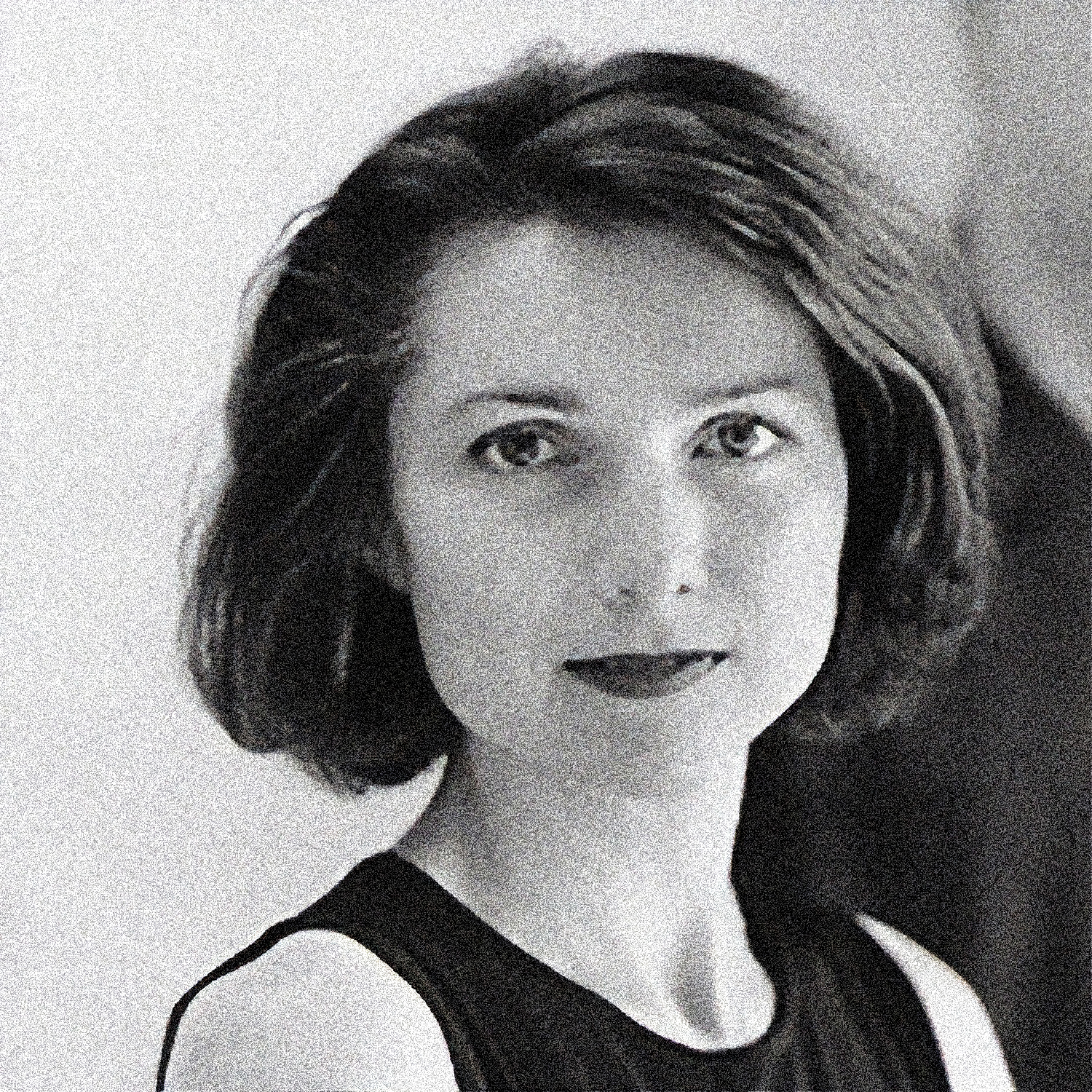
Zuzana Licko's discipline in art and technology helped usher a new era of digital and experimental type foundries in the early 1980s
Commercial Internet
Without
Susan Estrada
Susan Estrada founded CERFnet, one of the first regional computer networks, in 1988. Hoping to connect computers across Californian educational institutions, CERFnet emerged from a grant she earned through the National Science Foundation. With this support, Estrada worked to grow the network from 25 devices, to hundreds.
Frustrated with the restrictions of an academic internet, which allowed only governmental and research traffic, she collaborated with commercial partners to create the first publicly accessible internet exchange. Estrada continues to consult on internet infrastructure and develops new technologies to encourage older adult usage of the web.
Susan Estrada's leadership created the first regional IP network, subsequently evolving it from an academic to a publicly accessible exchange. Image: The Internet Hall of Fame/YouTube (2014).
Web Browser
Without
Nicola Pellow
As an undergraduate math student, Nicola Pellow joined the nineteen members of the WWW Project at Switzerland's CERN in 1990. Building off her colleague's work, Pellow contributed to the creation of a web browser compatible across many operating systems. Upon its launch in May 1991, she continued to help increase compatibility, making web browsing more broadly available to users around the world.
After finishing her studies, Pellow returned to work with CERN and helped create the first web browser for the classic MacOS on Apple computers, called MacWWW.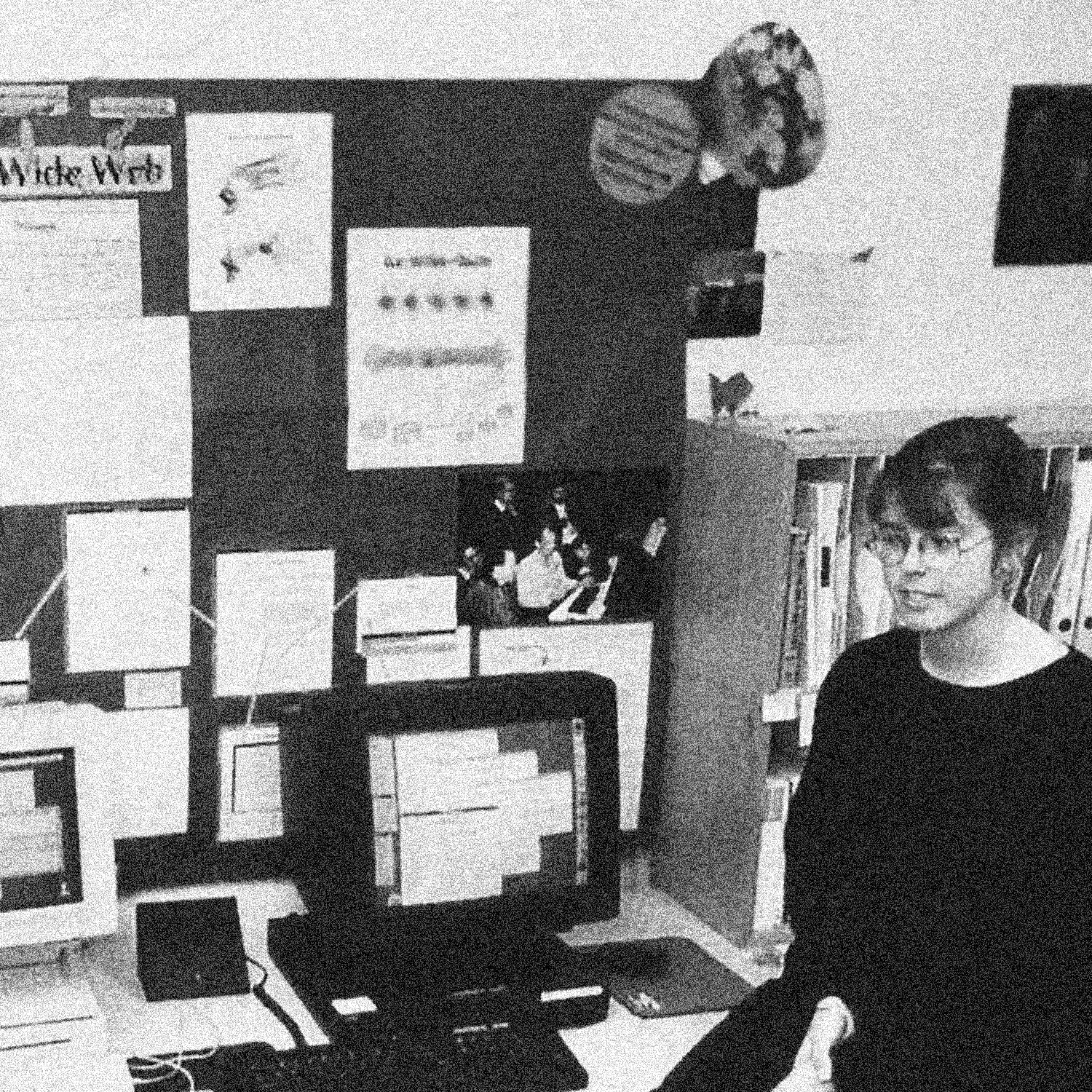
Nicola Pellow with colleague Tim Berners-Lee in their office at CERN in Switzerland. (Circa early 1990s).
Random Early Detection
Without
Sally Floyd
Sally Jean Floyd was an American computer scientist known for her influential research in computer science and the invention of Random Early Detections or RED. A queuing protocol that manages network congestion, it helped strategically organize how data is processed to prevent networks from being alternately under-utilized and then overloaded.
Almost all internet routers today use RED to manage traffic on the internet. Floyd’s pivotal work from the 1990s makes possible the richly communicative web we have today.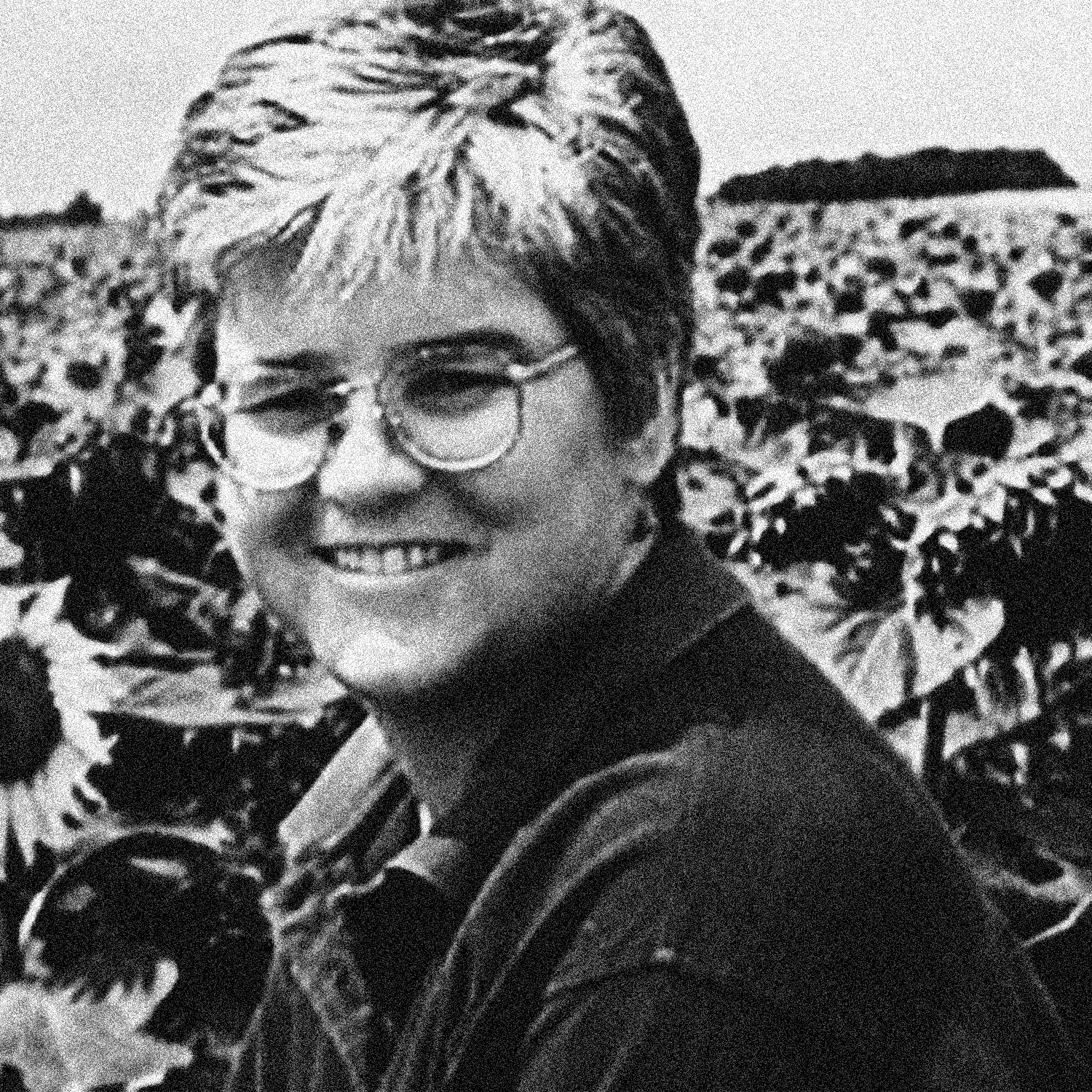
Sally Floyd (1950-2019) worked to control router congestion, keeping the internet running smoothly for all internet users, reguardless of connection speed.
gnFIDO
Without
Karen Banks
Karen Banks is an Australian-born networking expert and advocate recognized for championing information and communications technologies (ICTs) as tools for social change. From 1990–1997, she maintained GnFido, an international gateway developed by the non-profit GreenNet that provided internet access to unserved areas across Africa, South Asia, and Eastern Europe.
Banks was a founding member of the Association for Progressive Communications and in 1993 formed the APC Women's Networking Support Programme.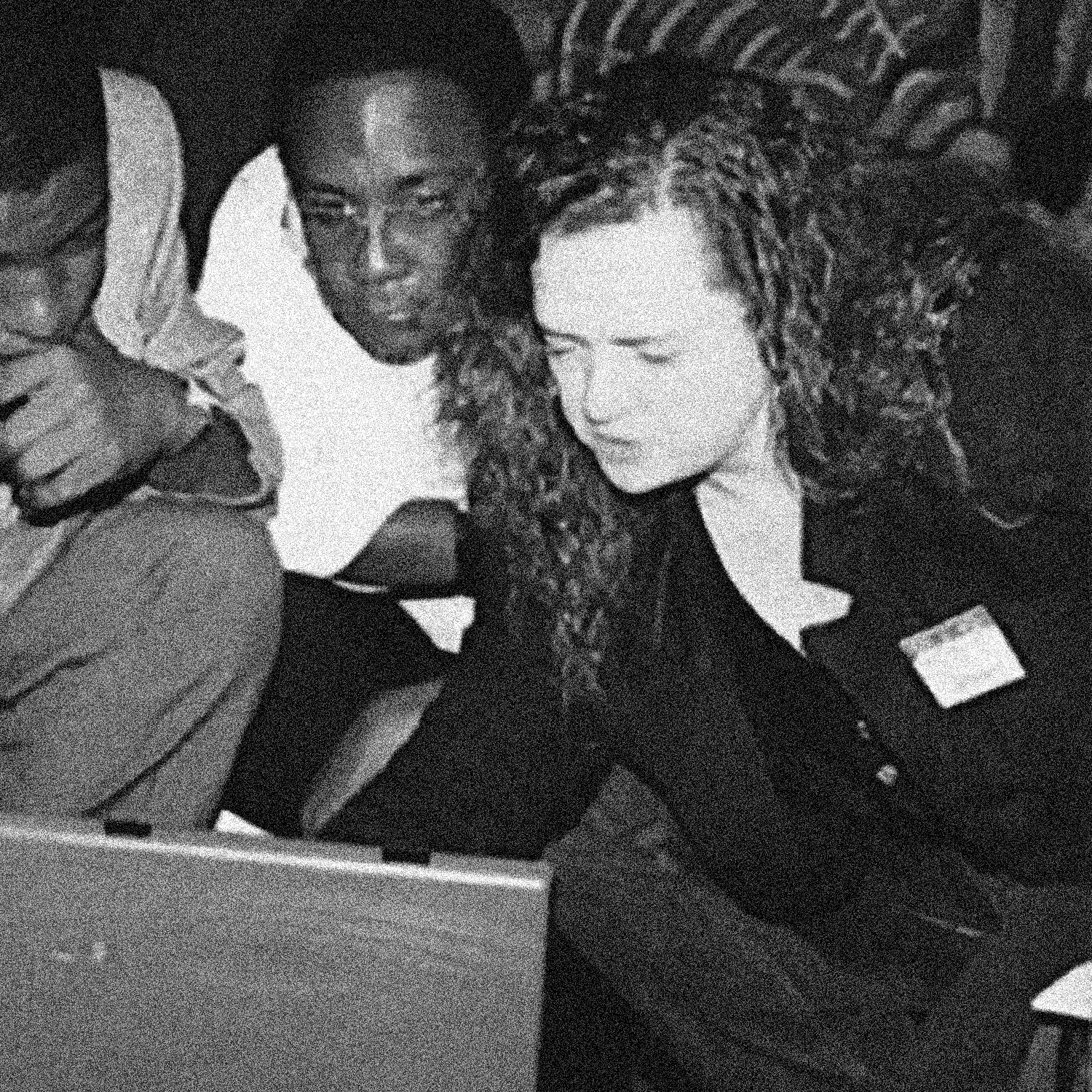
Karen Banks, pictured here with Charles Muisi and Bill Sangiwa, works to ensure free and open internet access to underserved countries and communities.
Distributed hash table
Without
Sylvia Ratnasamy
Sylvia Ratnasamy is a Belgian-Indian computer scientist known as one of the inventors of the distributed hash table (DHT). Initiated as her doctoral thesis at UC Berkeley in the early 2000s, she continues her work there as a professor of computer science.
Ratnasamy's work was, in part, influenced by peer-to-peer platforms such as BitTorrent, Napster. In contrast to centralized data-tables, DHTs allow secure, democratic, and decentralized control of information. This innovation not only provides the technological backbone for cryptocurrencies but also influenced the development of distributed databases such as Cassandra (developed at Facebook and used by many organizations).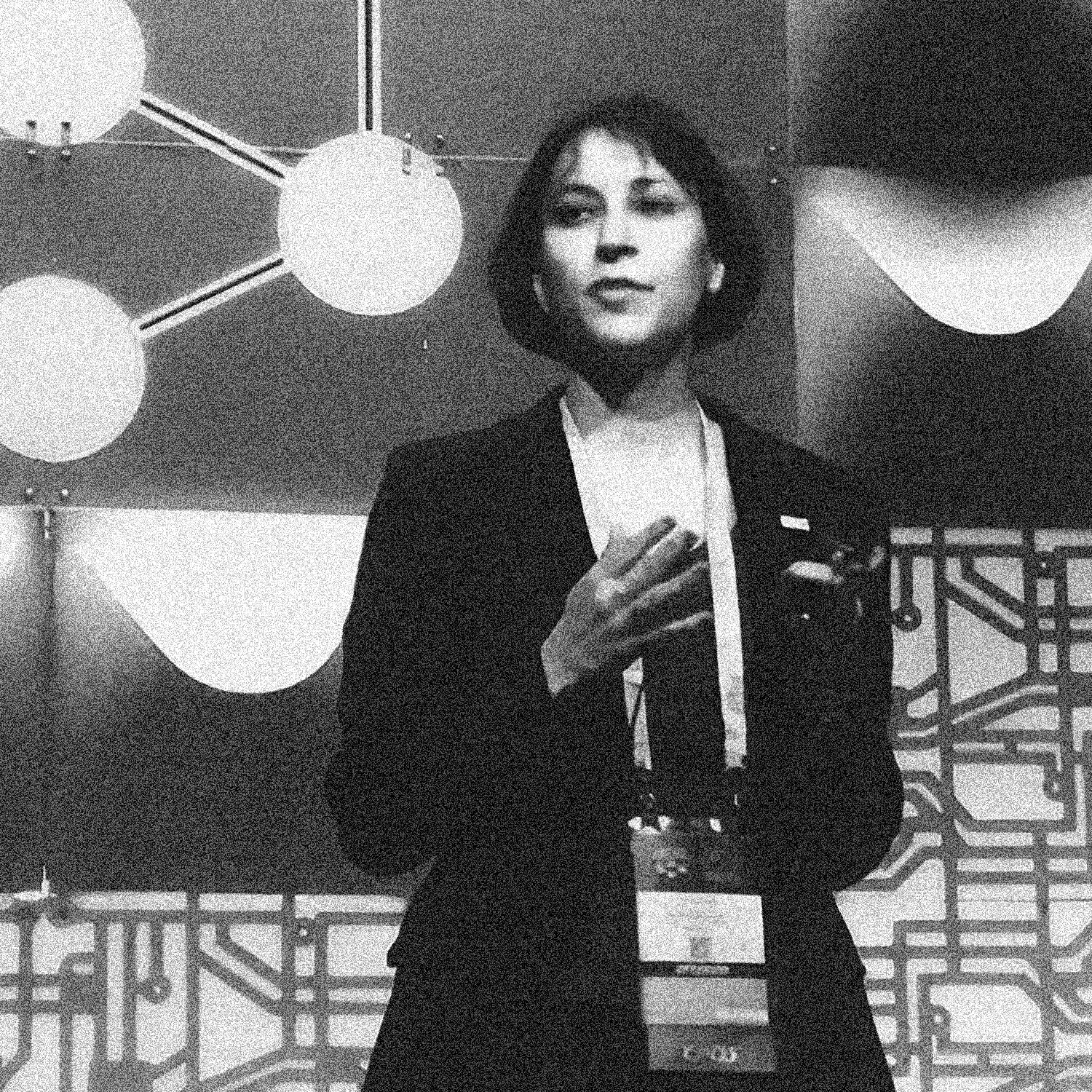
Sylvia Ratnasamy's work is a catalyst for Peer to Peer innovations.
Virtual Reality Filmmaking
Without
Jessica Brillhart
Jessica Brillhart is an American director, writer, and theorist, recognized for her immersive filmmaking techniques. As a principal filmmaker at Google, she helped lead early 360-degree video experiments and the first virtual reality film, titled “World Tour,” using their Jump platform.
Brillhart developed Probabilistic Experiential Editing, a new technique built to match the editing needs of VR storytelling. Additionally, she founded Vrai Pictures, dedicated to creating immersive and emotional experiences for emerging technologies. “Traverse,” her spatial audio platform, debuted at the SXSW Festival in 2019 with audio experiences from Elvis Presley and NASA’s InSight Mars Mission.
Director Jessica Brillhart with a 360 degree goPro camera array used for filming for VR.

